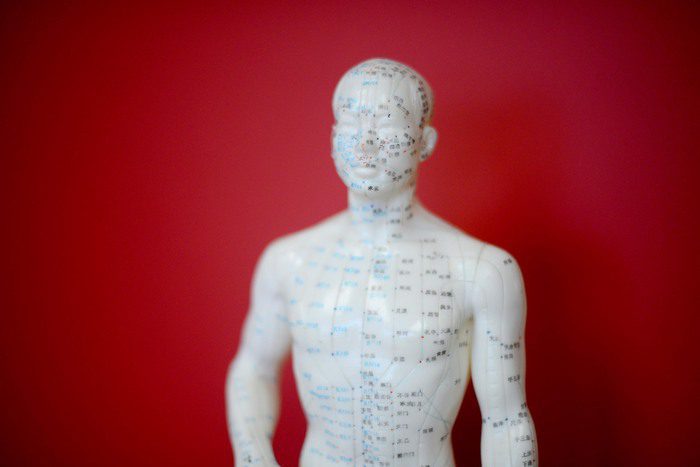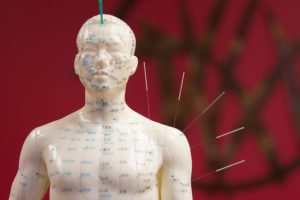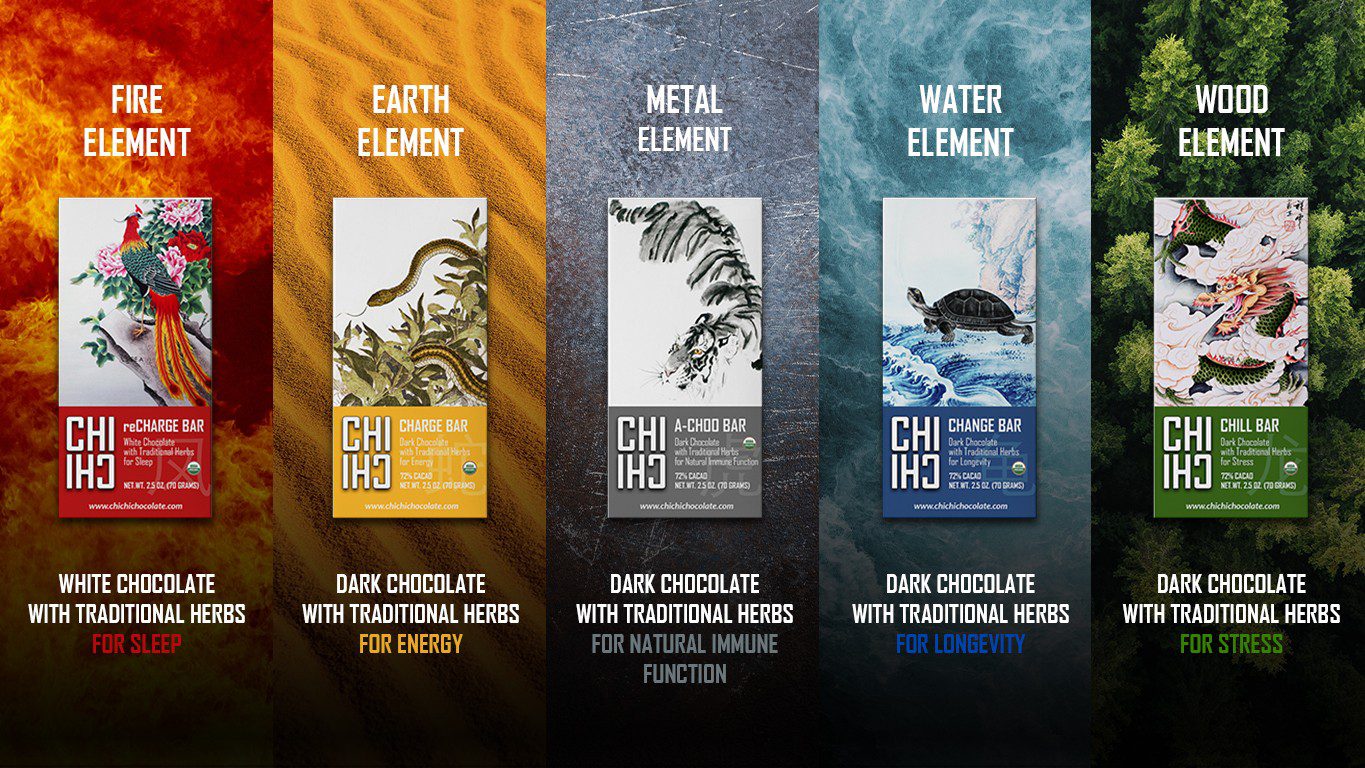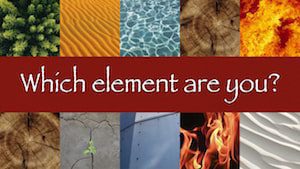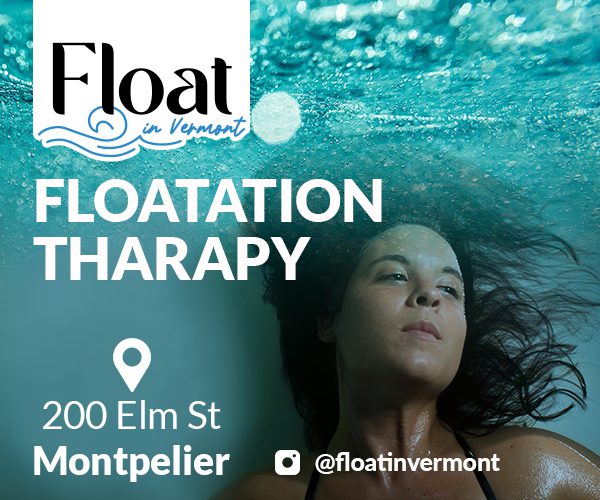6 Acupuncture Therapies You Haven’t Heard Of
There are many types of acupuncture therapies out there but most people know that one way to feel better is with acupuncture needles. You go to your acupuncturist feeling bad and they put in a few needles. You end up leaving feeling lighter, energized, more pain-free. Using acupuncture needles to heal is part of a broader medical system called Traditional Chinese Medicine (TCM). By observing body systems and the links between symptoms, TCM developed a medical philosophy about the flow of Qi, or life force. When Qi is balanced, you feel healthy. When it is disrupted, blocked or unbalanced, poor health is the result.
In acupuncture, needles are placed at specific points along the meridians to balance the Qi. But did you know that needles are just one way to balance Qi? TCM is a flexible system. These principles can be applied in many ways and to many different therapies to achieve the same results. With all the different types of acupuncture therapies out there, if one doesn’t work, maybe another will be just right for you.
Acupuncture Variations
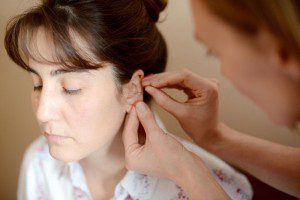
There are many variations of acupuncture. Some techniques attach electrodes to the needles to deliver a small current to the acupuncture point. Other techniques focus solely on the points in your ears, hands, or scalp. There are even therapies that use sound to stimulate the needles.
Herbal Medicine
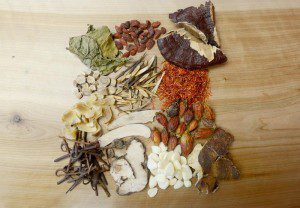
TCM has a sophisticated pharmacy of herbal medicines. Most of the medicinal formulas are herbal but some formulas include animal or mineral ingredients as well. Unlike Western herbology, Traditional Chinese Medicine does not use single herb remedies; its formulas can have as many as 18 ingredients. There are many ways to take the herbs. Traditionally people boiled the herbs to make a decoction. This method is time consuming and, depending on the herbs, can taste terrible. To make the herbs easier to take, more and more TCM formulas are available as liquid extracts, tablets, capsules or granules. When a formula is used topically, it is available as a lotion, cream, salve or poultice. At Integrative Acupuncture in Montpelier and Williston, we try to use USDA certified organic herbs whenever possible.
Moxibustion
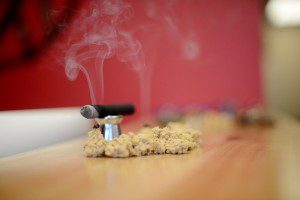
Moxibustion uses heat to warm acupuncture points. There are 2 ways to heat the points—direct and indirect. The direct method uses tiny cones of moxa (dried mugwort) placed on the skin. The moxa is lit and the combination of the heat and the medicinal qualities of the moxa stimulates circulation and balances the flow of Qi. In some cases, burning the skin is desirable as part of the treatment. Sometimes burns are an unintended outcome. The indirect method is more popular because the practitioner can control the heat. The practitioner lights a cigar-like stick of moxa and holds it near the skin until the skin is warm. Alternately, acupuncture needles are inserted into the skin and warmed with burning moxa.
Cupping
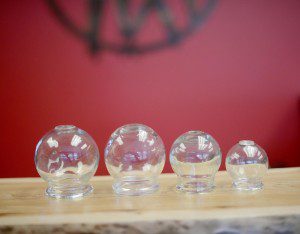
Another modality to add to alternative acupuncture therapies is cupping! In a cupping treatment, the practitioner uses suction to pull on skin and soft tissue. This pulling stimulates circulation and promotes healing.
There are 2 ways to create suction—with heat or a pump. In the first technique, the practitioner takes a plastic or glass cup the size of a baby food jar and ignites a flame inside of it. A vacuum is created inside the cup by the flame and is immediately placed on the skin. The second technique uses a pump to create a vacuum inside a rubber cup. In both cases the vacuum inside the cup pulls on the skin to create the therapeutic effects. We often use cupping for kids, check out all the reasons kids love cupping here.
Gua Sha

Gua Sha is an ancient TCM therapy typically used to treat pain, remove toxins, improve circulation and move stuck Qi.
In this treatment the skin is coated with oil and rubbed or scraped with a rounded instrument like a coin, spoon or piece of buffalo horn. Typically the back, neck, or shoulders are scraped, but occasionally the chest or abdomen as well. The strokes follow the direction of the ribs and spine and leave distinctive long, red patches on the skin. We often have patients with chronic pain leave pain free after guasha therapy.
Tuina
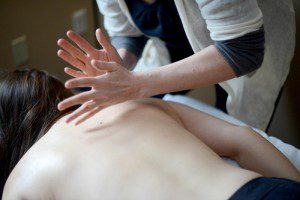
Tuina is medicinal massage. This TCM therapy uses massage to balance the flow of Qi through the meridians. During the treatment the practitioner may use a wide range of techniques, from massaging the soft tissue, acupressure or manipulations to herbal compresses, liniments, ointments or heat. Tuina is different than “spa massage” because its intent in medicinal. While it may result in stress reduction, pain relief, or increased range of motion, the treatment itself may be uncomfortable because many of the massage techniques can be quite vigorous and deep.
If you are interested in trying acupuncture or other acupuncture therapies, give us a call or book online today! We would be happy to work with you.

